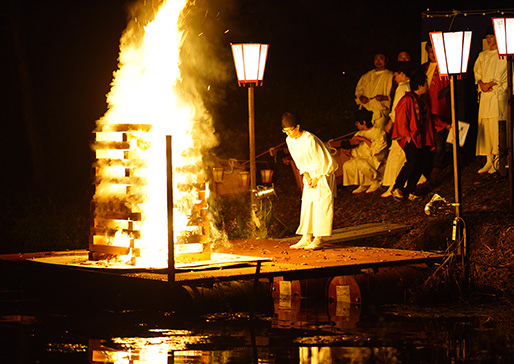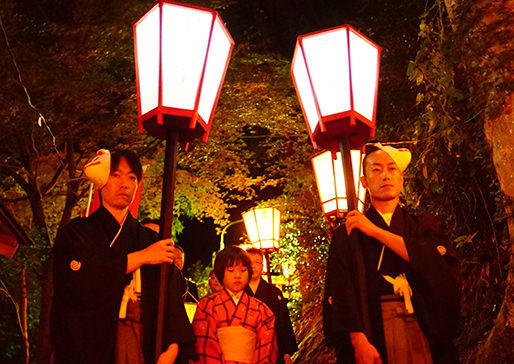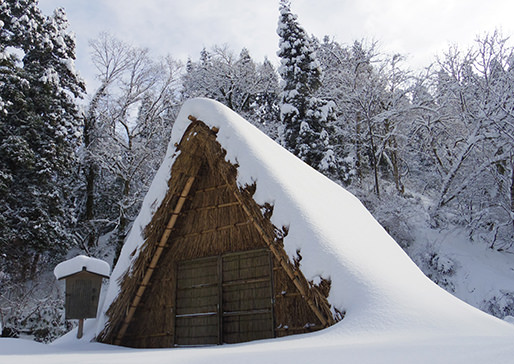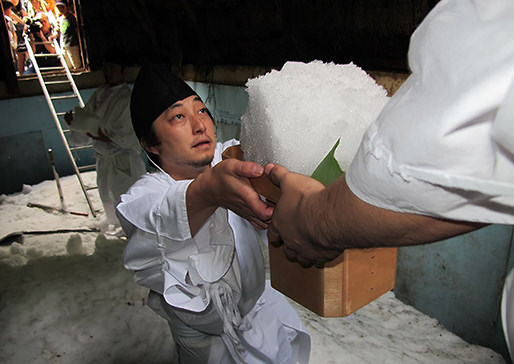Bonbori Festival
Yuwaku Onsen became a famous destination for fans of “Hanasaku Iroha,” which aired in April 2011. The show used Yuwaku Onsen as the model for its fictional onsen town, “Yunosagi Onsen,” which is regarded as a holy place for fans who still travel to see it.
Every year, from 2011, the town reproduces the events depicted in the show’s Bonbori Festival. Each year since it began the number of visitors has increased, and now more than 15,000 people from all over Japan gather to witness the festival.
In the show, at the Bonbori Festival, the town’s shrine lights up bonbori paper lanterns with “Nozomifuda,” which are wood plaques written with people wishes, as a way to guide the “small-girl-shaped deity” to the shrine. During this festival, the lanterns illuminate this hot spring village.
The Yuwaku Onsen Tourism Association decided to light the lanterns from July to October every year at the Yuwaku Onsen Inari Shrine so that people could come and contribute their “Nozomifuda” to the shrine. The main festival is then held in October where the “Nozomifuda” are burned, as is customary at Shinto shrines.



